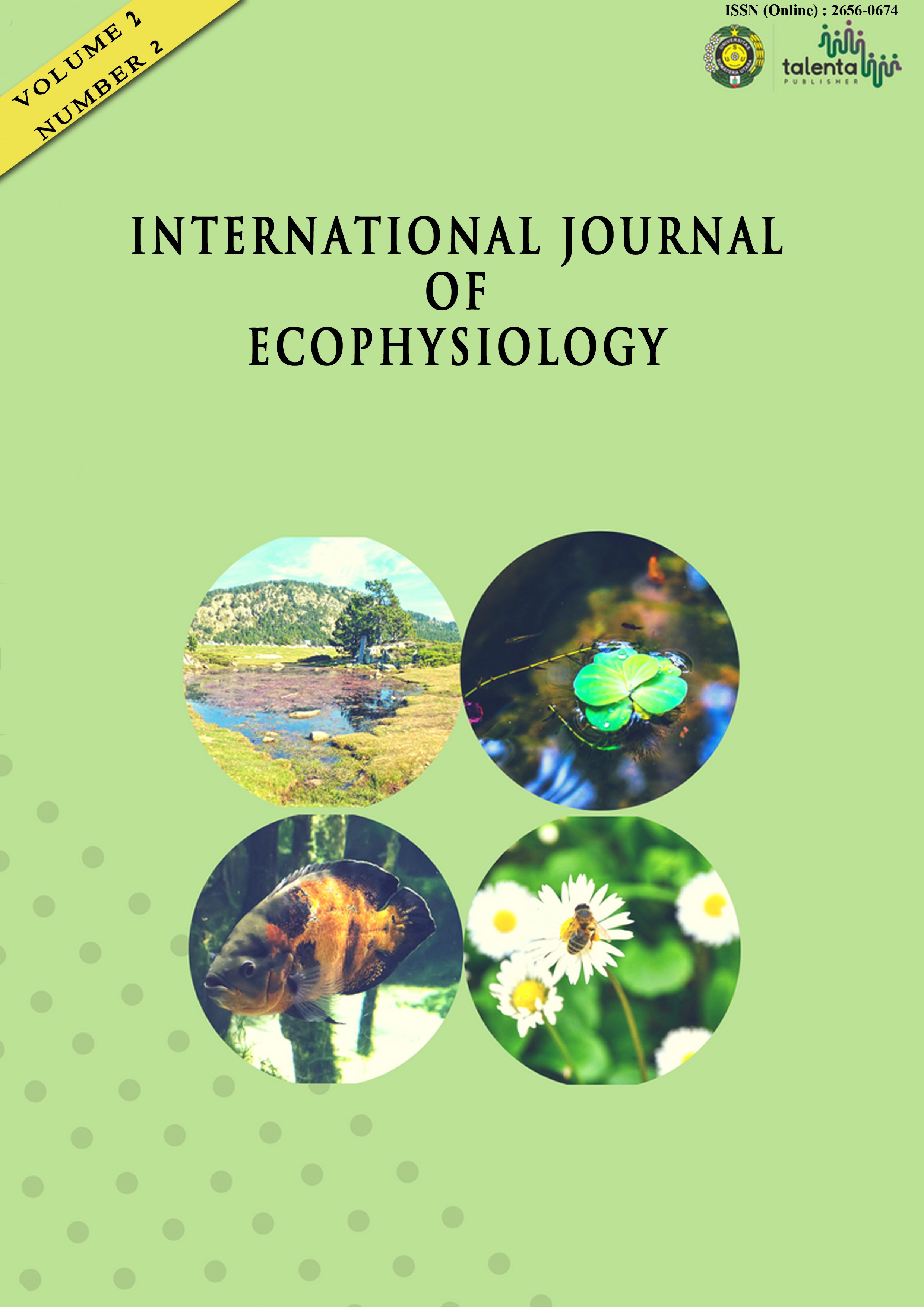Potency of Rosela Leaves (Hibiscus sabdariffa L.) as a Hepatoprotector to Histological Structure Damage of the Hepar of Mice Male (Mus musculus L.) Strain DDW that Proposed Natrium Nitrite (NaNO2)
DOI:
https://doi.org/10.32734/ijoep.v2i02.4686Abstract
The study of Rosela Leaf Extract As A Protective Agent Against The Damage Of Liver Tissue OfMale Mice Strain DDW that has been Induced By Sodium Nitrite was conducted. The experiment used Completely Randomized Design. The treatment given was three different dosages of rosella leaf extract, namely 14 mg / ml, 28 mg / ml and 42 mg / ml and without any extract as a control. All mice have been induced by sodium nitrite for 18 days followed by healing process through injection of 0.3 ml of rosella leaf extract at different concentration per day during 14 days. The result showed that he control, treatment of 14 mg / ml and 42 mg / ml affected the color change of liver tissue. However, the control increased liver tissue weight compared to all treatments. The damage levels of hepatocyte tissue treated by all different dosages of fresh rosella leaf extract decreased compared to the damage level of control. It could be concluded that fresh rosella leaf extract showed potential agent to protect liver mice from damage caused by sodium nitrite induction.














